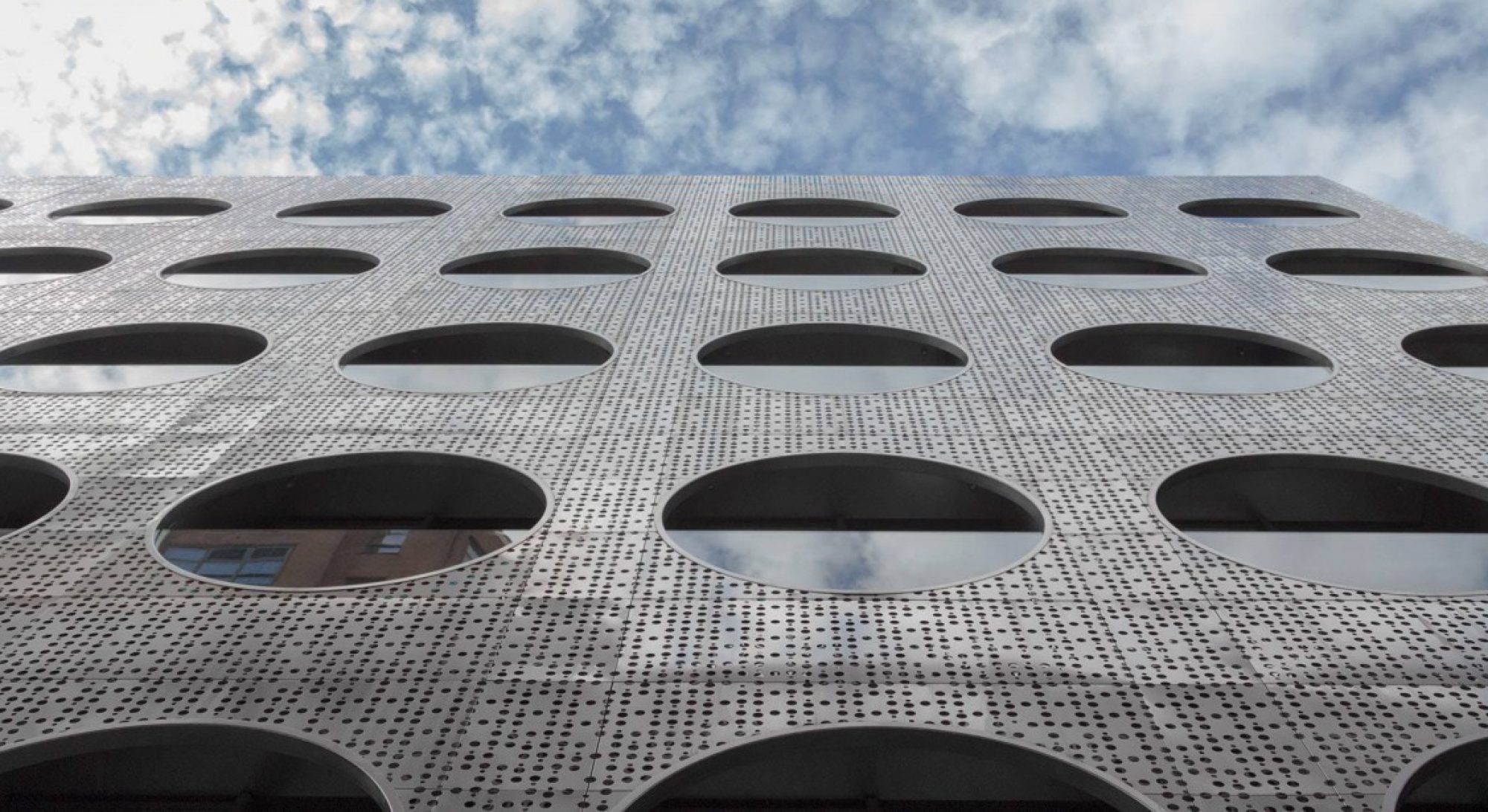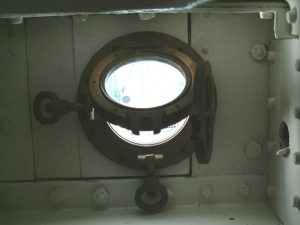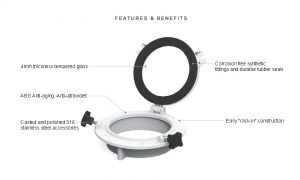WHAT ARE PORTHOLE WINDOWS?
History:
In the 15th century King Henry Vlll ordered new cannons for his warships. An openings had to be cut in the sides of the vessels to accommodate them. The openings were given the name of porte. In the French language porte refered to an door or an opening. Soon the openings became known as portholes. A circular opening has greater structural stability than a square one.In some instances, ordinary glass can be replaced by hi-tech and pressure-resistant materials, such as acrylic or quartz.
In architecture, a circular window is known as an oculus and can be found in many Renaissance and Baroque buildings.
HOW ARE PORTHOLE WINDOW MADE?
Structure:
The material generally used for building porthole are steel, aluminum, brass, bronze and iron. The glass used is created through a process called Sand-Casting, which is a mixture of silica, lime and ashes. It is heated and cooled at a consistent pace until the texture of the glass shows. Porthole is primarily a circular glass disk, known as a ‘portlight’, encased in a metal frame that is bolted securely into the façade of a structure. Portholes also consist of metal storm covers that can be securely fastened against the window when necessary. Porthole can typically measure up to two feet and weight about 100 pounds.







